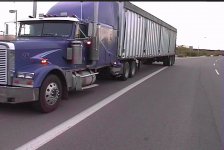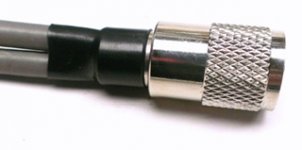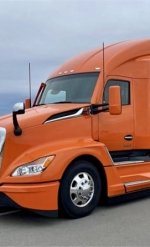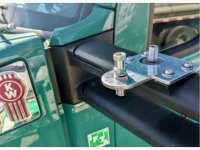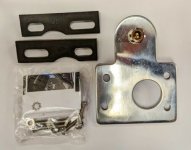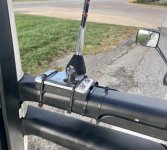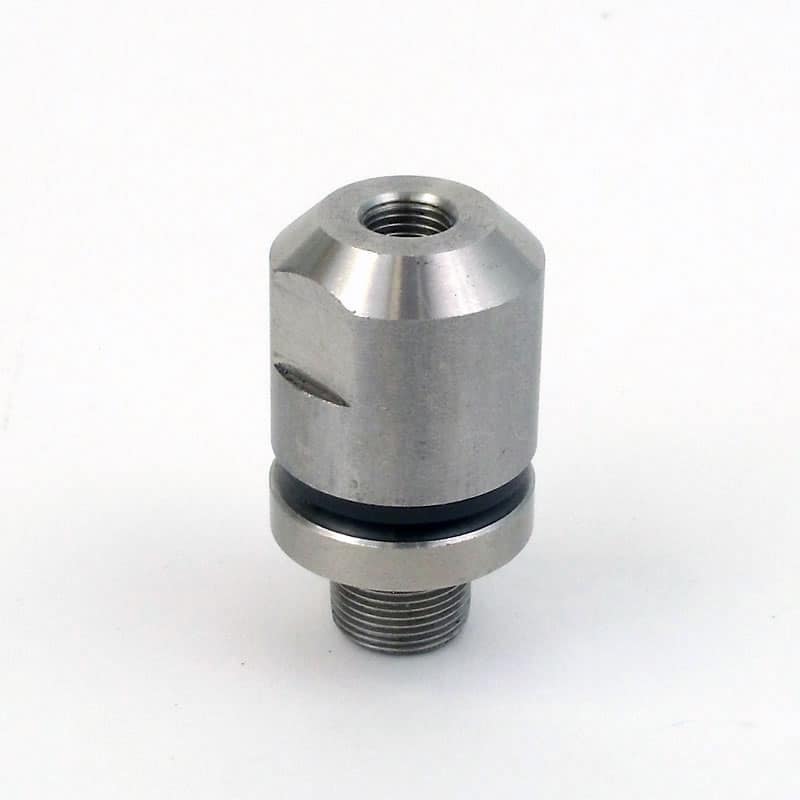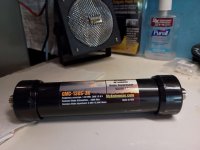If all this is for a co-phased pair of antennas like on mirror mounts, you don't want to mess with the coax length of a factory co-phasing harness made of 75 ohm coax. The co-phasing harness is a 50 ohm power splitter and the coax lengths are critical for matching. If you need to extend a factory harness its best to add 50 ohm coax to the center common point or to extend the two antenna sides with equal lengths of 50 ohm coax since the harness is designed to provide a 50 ohm match where each antenna usually connects.Finally got 12T of 75-ohm RG59 on FT240-61 done; pair. Oriented port & starboard. Was unable to assemble with split-loom cover in place.
Took pretty much the whole of 6’ jumper to accommodate bend-radius restriction (60mm). It also took time to figure out how to thread cable without inducing torsional twist.
Still need a thumb-size piece of wood dowel or pvc pipe to go in center: no cable overlap, and also against ring interior.
View attachment 158531
View attachment 158532
Its predecessor was a tad bulky to fit and to be secured under antenna mount in use without constant revision. But proved concept over broad range of conditions.
— A “better” coax choice for 75-ohm (didn’t uncover that) which could be wrapped almost tight around ferrite toroid might use but 3.5’ of cable as reports of those using RG400 in 50-ohm apps suggest.
The addition of these jumpers causes the coax run to radio (each side) to now be 24’. Depending on which truck I’m in — if new coax run needed — I’m definitely going to cut down the harness leg lengths to what’s needed versus bundling up some of it.
.
Once the co-phasing harness has done its job splitting the signal equally at the two antenna connections you can do anything you want on the antenna side as long as you treat it as a 50 ohm system from that point on. The reason you want equal lengths of coax on both sides if you extend them is different lengths will cause a phase imbalance between the two antennas possibly making them directional to one side or the other.


